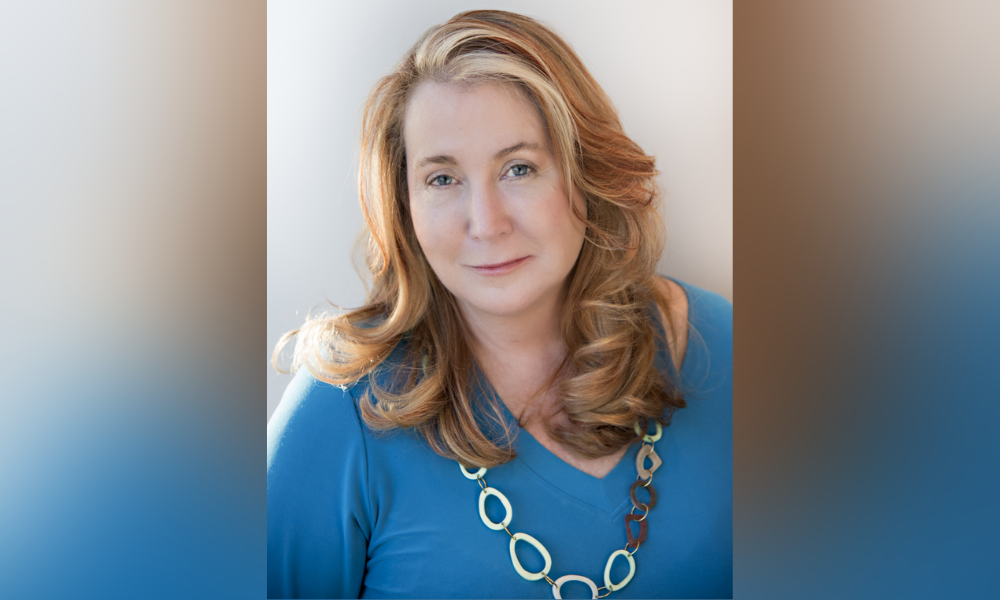Market crash taught advisor the importance of a rules-based strategy in turbulent markets

Weathering the 2008 market taught one award-winning portfolio manager the importance of having a rules-based strategy, which has served her well in both the pandemic and current turbulence.
“I’m a big believer in having a discipline because, without having some type of buy-sell methodology, you can freeze when you have big market swings, like we’re experiencing right now,” Susyn Wagner, senior wealth advisor and senior portfolio manager for The Wagner Investment Management Team with Wellington-Altus in Calgary, told Wealth Professional.
Wagner won The Avenue Living Asset Management Award for Portfolio/Discretionary Manager of the Year at the recent WP Awards and noted she’d proud of it because “that’s what I really love the most. I like the financial planning side of things, but I love the investment management and investment construction. That’s probably why rules are so important to me as they allow me to quantify it.”
Wagner’s rules start with having clients do asset, income, and expense projections that she updates annually, so they can determine how much cash flow each client will need for three years. She estimated that about 80% of her 150 clients do that. She then puts their cash reserve worth three years of the clients’ expenses in a low risk, low volatility, money market types of investment so they don’t have to sell an investment when the markets are down 20%, as they are now.
“It allows your client to weather these types of market fluctuations without worrying about how they’re going to fund their expense needs,” she said, adding that’s more challenging now as people want to pay for trips or motorhomes after the pandemic. “To me, the really critical mistake that can be made is having to sell at the exact wrong time, and I feel that it’s our responsibility to our clients to make sure we know their cash needs, so you can avoid unexpected cash needs showing up.”
Wagner has also used a rules-based, back-tested strategy for her core equities, selecting from specific universes – like the TSX for Canadian stocks – and screening them for a number of features, such as momentum in quarterly earnings, dividend reinvesting, or cash flow variables.
“We’re looking for most of the variables that would indicate good health within the company. That’s on the buy side.” she said. “On the sell side, we would sell stocks where we started to see a deterioration of those same variables, so we’re looking at more evidence-based information regarding those companies.”
Wagner estimated that she places about 15% of a client’s portfolio in the cash reserve to fund three years of expenses. Another 15% is invested in the growth component of the portfolio, and then she has their core Canadian and U.S. equities with some foreign component. She estimates that generates a 6% income return and enough dividends to top up the cash reserve in a good year.
Having those rules, knowing they provide good long-term results, stood her in good stead, even in 2008.
“In having this specific rules-based methodology and adhering to it, I found coming into 2009 that the portfolios came back significantly. In fact, in 2009 and 2010, our volumes came back more than the overall market, and we actually ended up outperforming the markets on a two-year basis,” said Wagner. “So, we didn’t have to sell at the absolute worst time, although there were some times where we had to make changes because a stock wasn’t performing well.”
While she uses more of a quantitative approach and doesn’t focus on the riskier yield, she said, “I try to eliminate most of the emotions. I find that is very helpful, especially in these negative markets.”
She also introduced an ETF element to her portfolios in 2020. She uses eight Canadian ETFS – currently in financials, commodities, and gold – and can trade them monthly based on performance.
“That’s allowed us a little more momentum in the portfolio, while still maintaining discipline,” she said, noting it also helped in 2020 because they’d exited many positions before the March crash. “We ended up exiting out of the market earlier than we normally would because the market started getting poor in January and February. So, we were into more of a cash-type position going into March, April, May of 2020. Then, when the market started to improve, we went back into the market in technology in a little timelier basis than we would have if we’d been waiting for news in the market to indicate that was the right time to make that change.”
The formula’s working, but she’s also pleased with her 2021 move from CIBC to Wellington-Altus, where she’s had a busy year with many referrals.
“I love what I do, and I love working with my clients, and Wellington-Altus allows me to do more of what I love,” she said. “So, I have more time to dedicate to my clients and my practice.”



